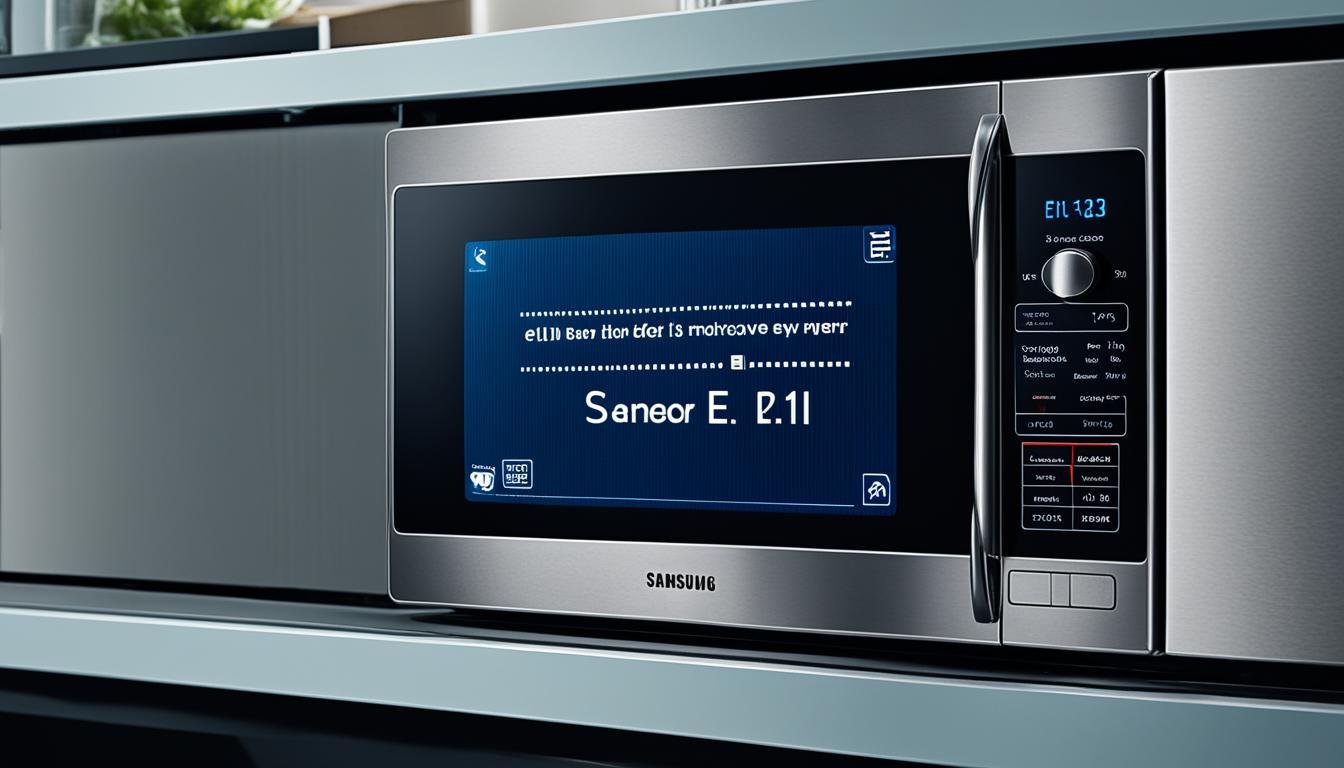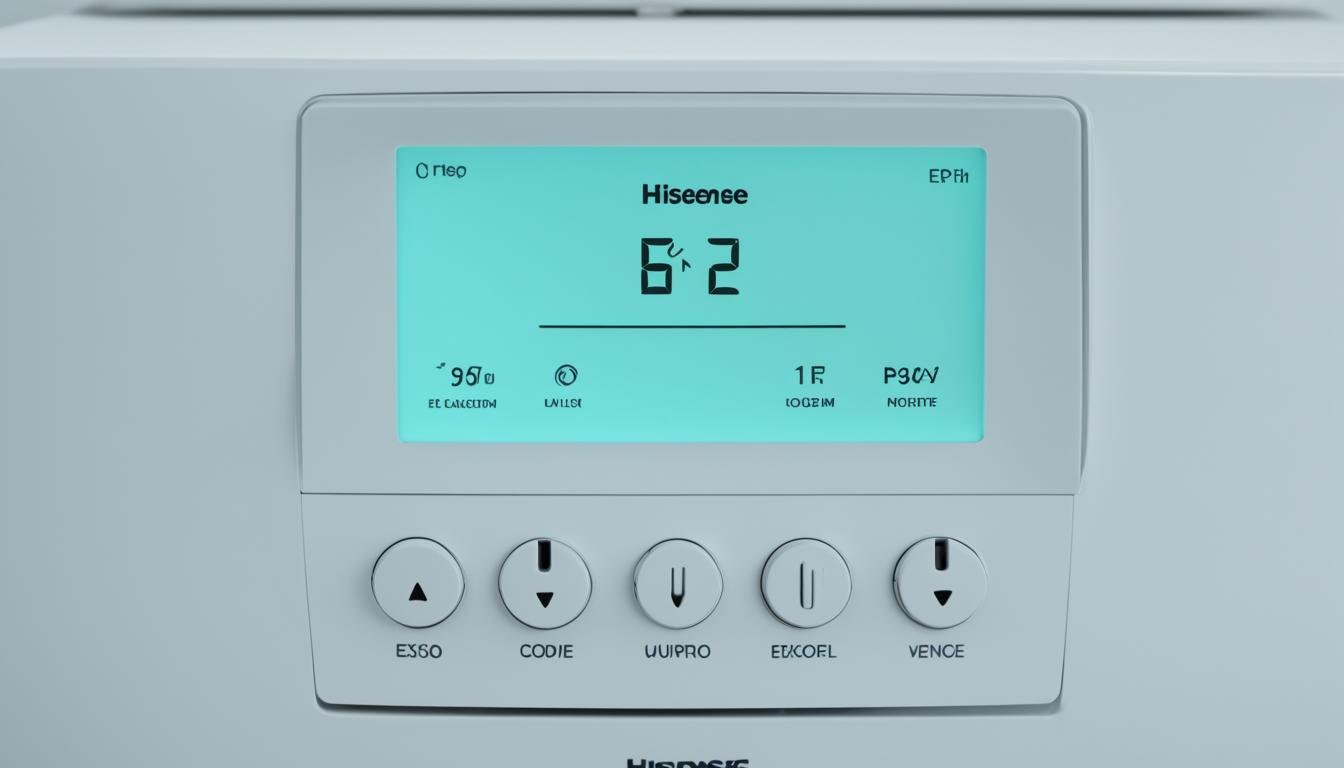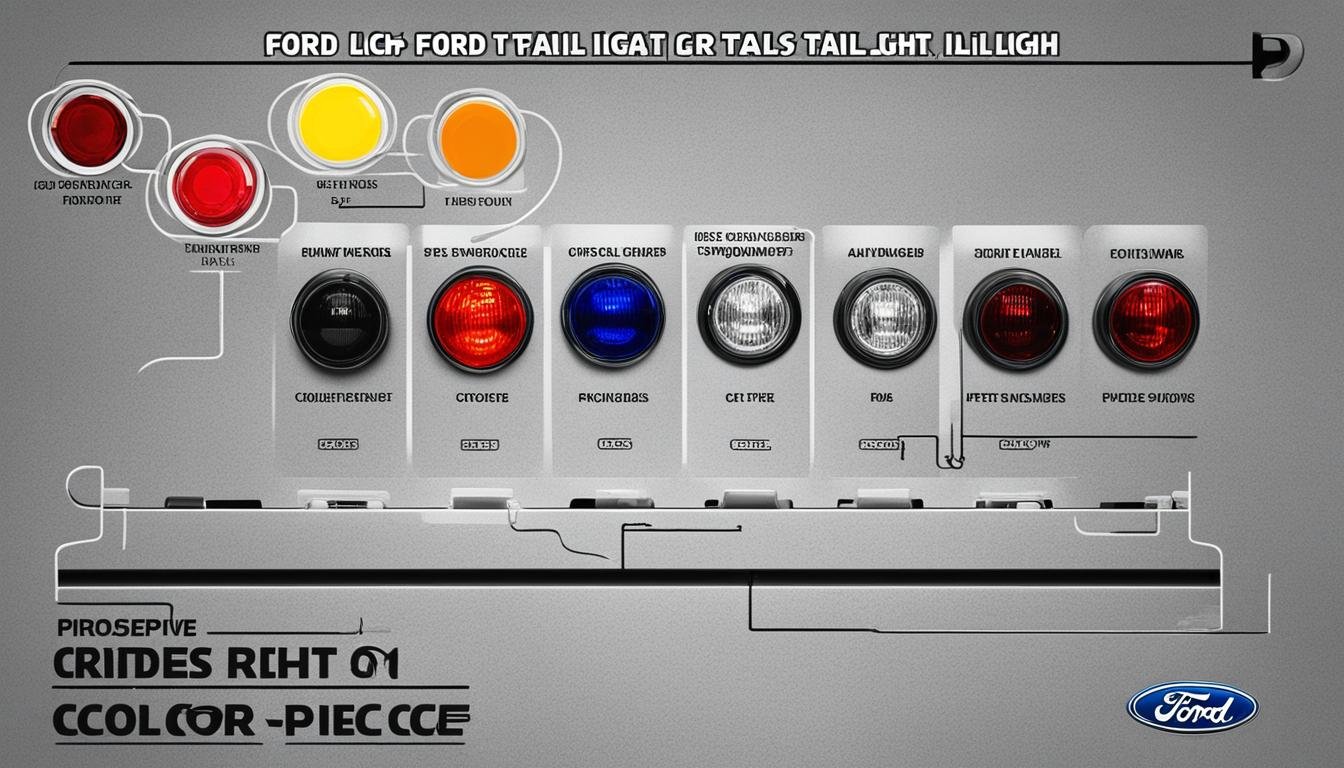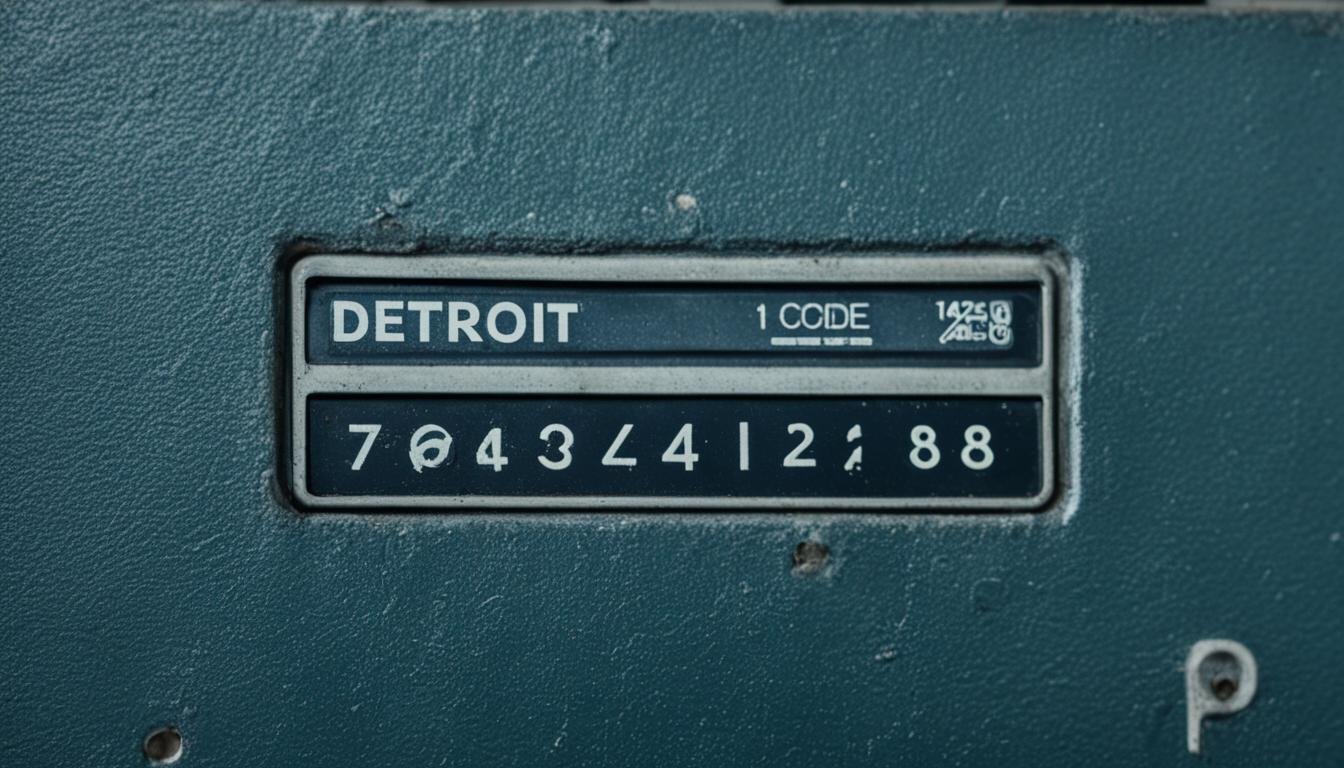There’s nothing more frustrating than trying to heat up your leftovers or make a quick snack, only to be greeted by an error code on your Samsung microwave. And if that error code happens to be E11, you might be wondering what it means and how to fix it. Don’t worry, we’ve got you covered with all the information you need to troubleshoot and fix the E11 error code on your Samsung microwave.
When you see the E11 error code on your Samsung microwave, it indicates a problem with the smart moisture sensor. This sensor plays a crucial role in ensuring your food is cooked to perfection by detecting the moisture levels and adjusting the cooking time accordingly. But why would a moisture sensor trigger an error code? And more importantly, how can you get your microwave back up and running?
- An E11 error code on your Samsung microwave signifies an issue with the smart moisture sensor.
- This sensor helps prevent undercooked or overcooked food by adjusting the cooking time based on moisture levels.
- The error can occur due to loose wiring, a malfunctioning sensor, or a glitch in the system.
Troubleshooting Samsung Microwave E11 Code
When encountering the E11 error code on your Samsung microwave, it’s important to troubleshoot the issue promptly to bring your appliance back to full functionality. Follow these steps below to resolve the E11 error code:
- Power Cycle the Microwave: Start by power cycling the unit, which involves disconnecting it from the power source for at least 60 seconds and then plugging it back in. This action can often resolve any glitches in the system that may be causing the E11 error.
- Check the Sensor: Inspect the smart moisture sensor located in the interior of the microwave. Ensure that there is no moisture or debris obstructing its functionality. Use a soft, dry cloth to clean the sensor if needed.
- Inspect the Wiring: Examine the wiring connections within the microwave, paying particular attention to the wiring associated with the smart moisture sensor. Ensure that all connections are secure and free from any damage or looseness.
- Contact Samsung Support: If the E11 error code persists after following the troubleshooting steps above, it is advisable to reach out to Samsung’s customer support for further assistance. They have the expertise to help identify and address the specific issue with your microwave.
By following these troubleshooting steps, you can effectively resolve the E11 error code on your Samsung microwave, ensuring its optimal performance for your cooking needs.
Conclusion
Encountering an E11 error code on your Samsung microwave can be frustrating, but rest assured, there are several potential solutions available. Whether you prefer a temporary fix or a more permanent solution, there are steps you can take to resolve the issue.
If you’re looking for a quick fix, try using a hair dryer on the smart moisture sensor. Sometimes, the error code is triggered by a buildup of moisture, and a hair dryer can help evaporate it, allowing the sensor to function properly.
For a more definitive solution, power cycling your Samsung microwave may do the trick. Simply disconnect the unit from the power source for at least 60 seconds and then plug it back in. This can often resolve any system glitches causing the E11 error code.
If these troubleshooting steps don’t resolve the issue, it’s possible that the humidity sensor itself is malfunctioning. In this case, you may need to consider replacing the sensor. Consult the user manual for instructions on how to order and install a new sensor, or contact Samsung customer support for further assistance.
FAQ
What does an E11 error code on a Samsung microwave indicate?
An E11 error code on a Samsung microwave indicates a problem with the smart moisture sensor. This sensor is responsible for preventing your food from getting undercooked or overcooked. The error can occur due to loose wiring, a malfunctioning sensor, or a glitch in the system.
How can I troubleshoot the E11 error code on my Samsung microwave?
To troubleshoot the E11 error code on your Samsung microwave, start by power cycling the unit. Disconnect it from the power source for at least 60 seconds, and then plug it back in. This can often resolve any glitches in the system that may be causing the error.
What are some potential solutions for the E11 error code on a Samsung microwave?
There are several potential solutions for the E11 error code on a Samsung microwave. Temporary fixes include using a hair dryer on the sensor to remove any moisture buildup. More permanent solutions include power cycling the unit or replacing the humidity sensor.
How do I reset the E11 code on my Samsung microwave?
To reset the E11 code on your Samsung microwave, follow the instructions provided in the user manual. These instructions may vary depending on the specific model of your microwave. Refer to the manual for guidance on how to reset the error code.
Are there any troubleshooting tips for the E11 error code on a Samsung microwave?
Yes, there are several troubleshooting tips for the E11 error code on a Samsung microwave. In addition to power cycling the unit, you can also check for loose wiring connections and ensure that the moisture sensor is clean and functioning properly. If the issue persists, it is recommended to contact Samsung for further assistance.
Why does my Samsung microwave keep showing the E11 error code?
If your Samsung microwave keeps showing the E11 error code, it could be due to a persistent problem with the smart moisture sensor or a recurring glitch in the system. It is important to troubleshoot the issue and try the recommended solutions. If the error code continues to appear, it is advisable to seek professional assistance or contact Samsung customer support for further guidance.
Source Links
- https://www.ifixit.com/Answers/View/454806/E-11 error on display window
- https://producthelp.jennair.com/Cooking/Microwaves/Over-the-Range_Microwave/Error_Code/Starts_with_an_E/E11_-_Error_Code_-_Over-the-Range_Microwave
- https://www.appliancegeeked.com/how-to-resolve-samsung-microwave-e-11-error-code/






Leave a Reply